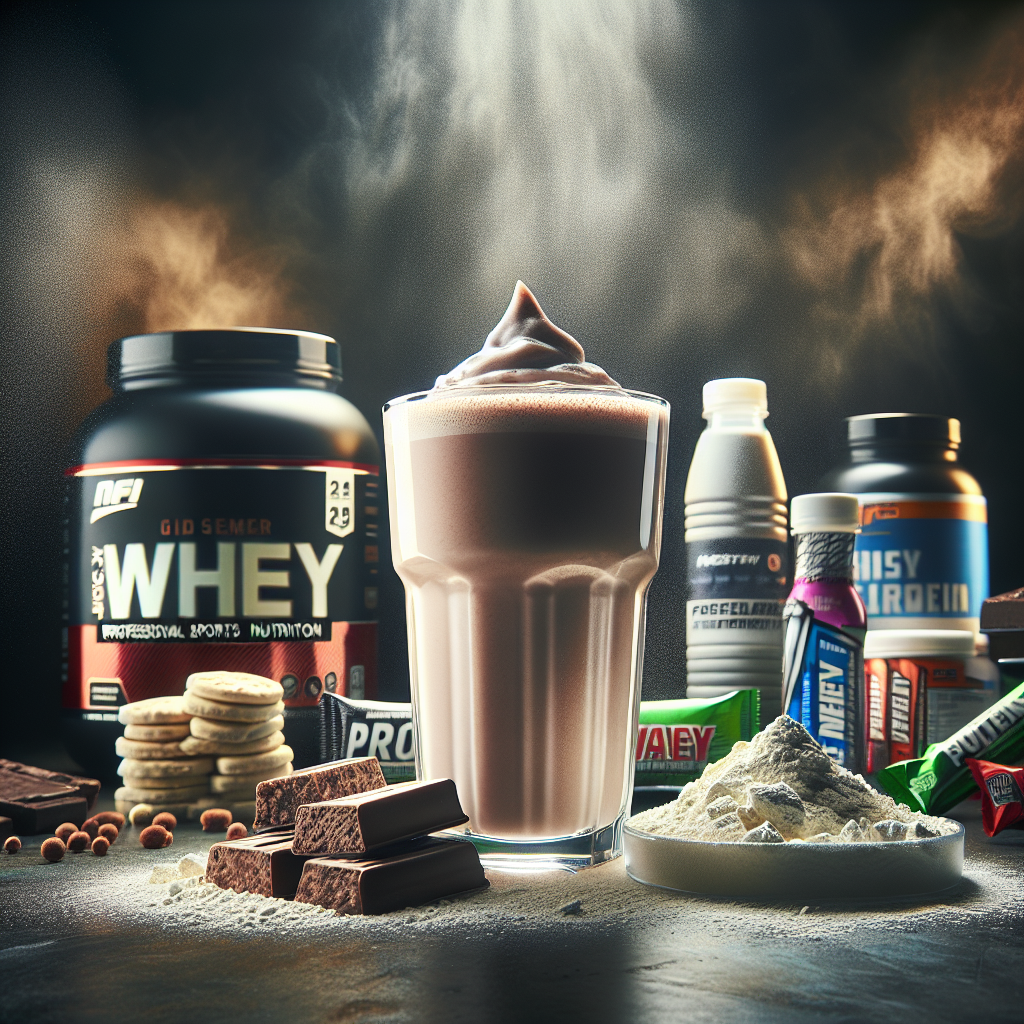In today’s competitive manufacturing landscape, the difference between mediocre and exceptional product quality often comes down to documentation. At the heart of this documentation system lies the material specification table – a deceptively simple yet powerful tool that can transform how you develop, source, and manufacture products. For forward-thinking supplement manufacturers and businesses seeking strategic ingredient partnerships, mastering these documents isn’t just good practice – it’s essential for success.
Material specification tables serve as the foundation for quality assurance, regulatory compliance, and consistent production. They function as comprehensive reference documents that clearly define what materials should be used, their exact properties, acceptance criteria, and testing methods. In essence, they create a common language between suppliers, manufacturers, quality control teams, and regulatory bodies.
According to recent industry research, companies with well-documented material specifications experience up to 35% fewer quality-related issues and achieve approximately 40% faster time-to-market for new products. For nutritional product developers specifically, proper documentation is not just about efficiency—it’s about building trust with increasingly informed consumers who demand transparency.
Key Elements of a Comprehensive Material Specification Table
A well-crafted material specification table is the cornerstone of quality assurance in manufacturing. It establishes clear standards, ensures consistency, and facilitates effective communication across the entire supply chain.
A truly effective material specification table goes beyond basic descriptions to create a complete profile of the required material. Here are the essential components that transform a basic document into a powerful quality control tool:
Material Identification and Classification
This foundational section includes the material name, code/part number, revision number, and classification according to relevant industry standards. For nutritional ingredients, this might include botanical names, extract ratios, or specific compound identifications. This basic information ensures everyone refers to exactly the same material without confusion.
Physical Properties
Physical characteristics provide tangible, measurable attributes that define a material’s identity and functionality. Depending on the material type, these may include:
- Appearance (color, form, texture)
- Particle size distribution
- Density and specific gravity
- Melting/boiling points
- Solubility parameters
- Viscosity measurements
- Moisture content
For health-conscious product manufacturers, these physical properties directly impact product performance, stability, and consumer experience.
Chemical Properties and Composition
This critical section details the material’s chemical makeup, including:
- Active ingredient concentration
- Chemical formula
- Purity requirements
- Impurity limits
- pH values
- Heavy metal limitations
- Residual solvent limits
For nutritional product developers, this section is particularly crucial as it directly relates to product efficacy, safety, and regulatory compliance.
Performance Requirements
These specifications outline how the material must function in its intended application:
- Bioavailability metrics
- Stability parameters
- Dissolution rates
- Compressibility (for tablets)
- Flow properties
- Functional characteristics
Quality Control and Testing Methods
This section documents exactly how each specification will be verified:
- Analytical methods to be used
- Testing frequency
- Sampling procedures
- Acceptance criteria
- Reference standards
- Equipment requirements
Regulatory Compliance Information
Material specification tables must reference regulatory requirements including:
- Applicable regulations (FDA, EFSA, etc.)
- Compliance with standards (USP, EP, JP, etc.)
- Required certifications (Kosher, Halal, Organic, Non-GMO)
- Allergen status
- Country of origin requirements
Packaging, Handling, and Storage
Complete specifications include:
- Packaging material requirements
- Storage conditions (temperature, humidity)
- Shelf life parameters
- Special handling instructions
- Transportation requirements
Supplier Information
This section identifies:
- Approved suppliers
- Supplier qualifications
- Audit requirements
- Change notification procedures
A well-structured material specification table integrates all these elements into a single, authoritative document that serves as the cornerstone for quality assurance activities throughout the supply chain.
Best Practices for Creating Effective Material Specification Tables
Following industry best practices when creating material specification tables can dramatically improve your documentation quality and effectiveness, leading to better products and streamlined operations.
The difference between a merely adequate specification table and an excellent one often lies in the approach taken during its creation. Here are best practices that consistently yield superior documentation:
Involve Cross-Functional Stakeholders
Creating effective material specification tables requires input from multiple perspectives:
- R&D to establish performance requirements
- Quality Assurance to define testing parameters
- Regulatory Affairs to ensure compliance
- Manufacturing to confirm processability
- Purchasing to verify market availability
- Suppliers to validate achievability
“The most common mistake we see is specification documents created in isolation by a single department,” notes Dr. James Chen, Quality Systems Director at a leading nutritional ingredients company. “When all stakeholders contribute to specifications, you avoid unrealistic requirements and ensure the document serves everyone’s needs.”
Use Clear, Precise Language
Ambiguity is the enemy of quality. Effective specification tables:
- Use quantitative values where possible
- Include appropriate units of measurement
- Define acceptable ranges clearly
- Avoid subjective terminology
- Include methods for measuring subjective attributes when necessary
- Define specialized terminology
- Maintain consistent terminology throughout
Employ Visual Aids
Visual elements dramatically improve comprehension and usability:
- Tables and charts for numerical specifications
- Color standards for appearance attributes
- Particle size distribution graphs
- Chemical structure diagrams
- Flowcharts for testing decision trees
- Reference photographs
Implement Thorough Version Control
Material specifications evolve over time. Proper version control ensures everyone works from the current document:
- Clear revision numbering
- Revision history documentation
- Change justification records
- Approval signatures for each version
- Electronic document management systems
- Controlled distribution protocols
Establish Regular Review Cycles
The best specification tables are living documents that improve over time:
- Schedule periodic reviews (annually at minimum)
- Update after significant process changes
- Revise based on quality data trends
- Refine as analytical capabilities improve
- Adjust to evolving regulatory requirements
Balance Precision with Flexibility
Effective specifications find the right balance:
- Tight enough to ensure quality
- Flexible enough to be practically achievable
- Focused on critical-to-quality attributes
- Appropriate to manufacturing capabilities
- Aligned with raw material variability realities
“Too tight specifications waste resources chasing unnecessary precision, while too loose specifications risk quality issues,” explains Maria Rodriguez, Supply Chain Director at a major supplement manufacturer. “The art is finding that sweet spot where specifications ensure quality without creating artificial constraints.”
The Tangible Benefits of Thorough Material Specification Tables
Investing in comprehensive material specification tables delivers measurable returns through enhanced quality, increased efficiency, and reduced manufacturing issues.
Investing time and resources in developing comprehensive material specification tables delivers concrete returns that directly impact a company’s bottom line and market position.
Enhanced Procurement Efficiency
Well-documented specifications streamline the purchasing process by:
- Eliminating back-and-forth clarifications with suppliers
- Enabling accurate comparison of supplier offerings
- Facilitating qualification of alternative suppliers
- Supporting meaningful cost negotiations
- Reducing incorrect material purchases
- Accelerating material qualification
Reduced Manufacturing Defects
Clear specifications directly translate to fewer quality issues:
- Lower rejection rates for incoming materials
- Fewer manufacturing process adjustments
- Reduced batch failures
- Decreased rework requirements
- More consistent product performance
- Improved production scheduling reliability
A recent industry survey found that manufacturers with detailed material specification tables experienced a 27% reduction in batch failures compared to those with minimal documentation.
Improved Cross-Functional Communication
Comprehensive specification tables create a shared understanding across departments:
- R&D and manufacturing speak the same language
- Quality control has clear acceptance criteria
- Regulatory affairs can verify compliance confidently
- Marketing can make accurate claims
- Customer service can address inquiries with precision
Accelerated Product Development
Well-established specification systems enable:
- Faster formulation development
- More efficient material selection
- Streamlined scale-up processes
- Quicker validation activities
- More predictable outcomes
- Easier knowledge transfer between projects
Enhanced Regulatory Compliance
Thorough documentation supports:
- Smoother regulatory submissions
- Faster approvals
- Easier responses to regulatory questions
- More successful inspections
- Reduced compliance risks
- Streamlined audit processes
Superior Risk Management
Complete specifications help identify and mitigate risks through proper verification processes:
- Critical material attributes are monitored
- Supply chain vulnerabilities are identified
- Contingency plans can be developed
- Quality trends can be analyzed
- Process capabilities are understood
- Material interactions are documented
These benefits align perfectly with NutraAeon’s philosophy of quality, transparency, and empowerment. By maintaining exceptionally detailed material specification tables for our premium nutritional ingredients, we enable our partners to create superior products with confidence while minimizing quality risks.
Transforming Product Quality Through Superior Documentation
Excellence in documentation directly translates to excellence in product quality. Companies that prioritize detailed material specifications gain a sustainable competitive advantage in today’s quality-focused marketplace.
In the nutritional ingredients industry, where product efficacy and safety are paramount, the quality of your documentation directly impacts the quality of your final product. Detailed material specification tables aren’t just administrative documents—they’re strategic assets that empower every aspect of your operation.
For health-conscious product manufacturers, these specifications provide the foundation for consistent quality that builds consumer trust. For nutritional product developers, they enable innovation within a framework of reliability. For enterprise businesses requiring strategic ingredient partnerships, they facilitate clear communication and shared expectations.
As consumer demands for transparency and quality continue to grow, the companies that master material specification documentation gain a significant competitive advantage. They can move faster, adapt more readily to market changes, and deliver more consistent products that build brand loyalty.
At NutraAeon, our commitment to thorough documentation reflects our core philosophy of quality, transparency, and empowerment. We believe that exceptional products begin with exceptional specifications, and we partner with forward-thinking supplement manufacturers who share this vision.
By investing in comprehensive material specification tables today, you’re not just improving documentation—you’re transforming your approach to quality, setting the stage for superior products that stand out in an increasingly competitive marketplace.


